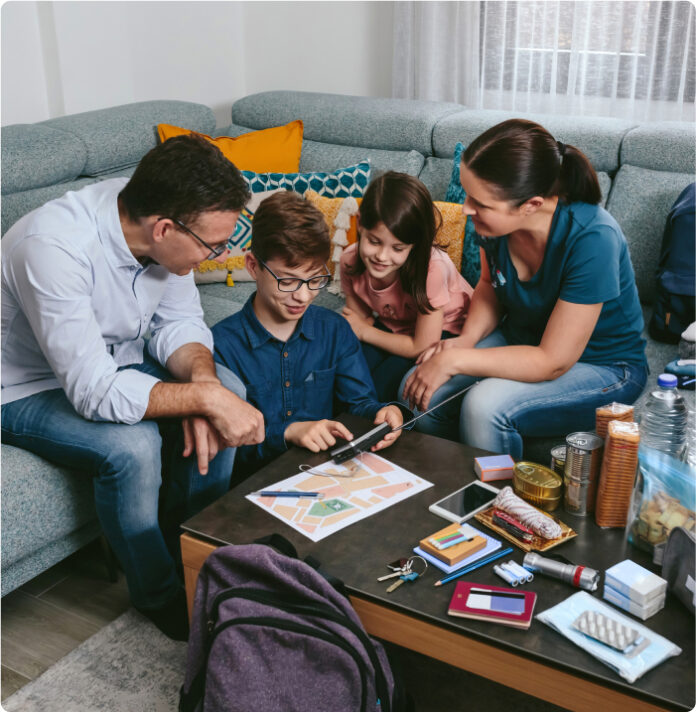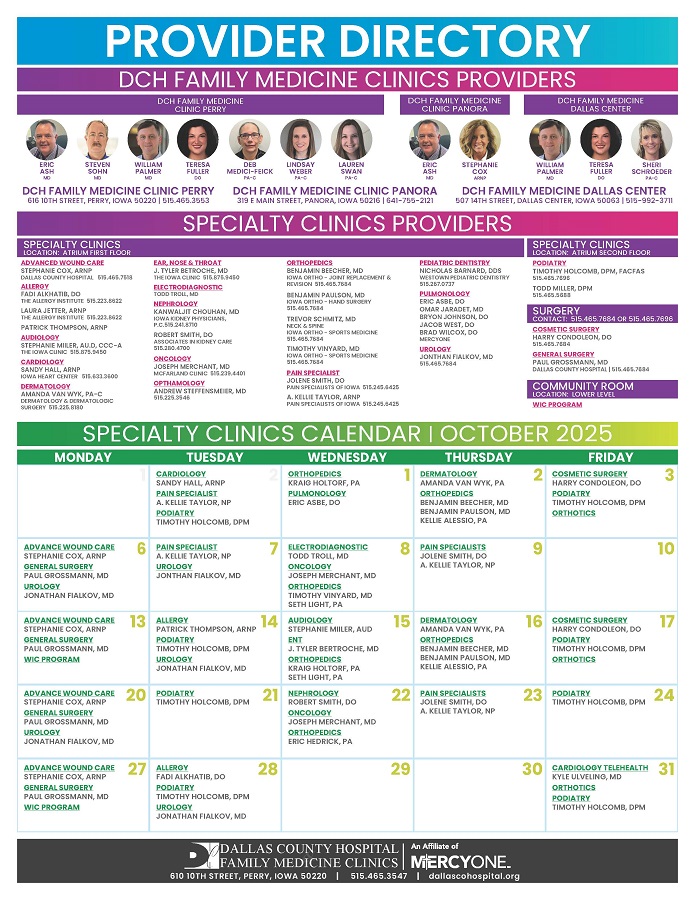Emergencies can strike at any time. Natural disasters, house fires, power outages or unexpected events can disrupt daily life without warning. Having a family emergency plan in place can make all the difference in keeping your loved ones safe and connected.
A family emergency plan outlines what to do, where to go and how to stay in touch during a crisis. It helps reduce panic, confusion and delays when time is critical. Without a plan, it’s easy to lose contact or overlook important needs like medications, pet care or safe shelter.
Creating a plan is easier than you might think. Start by gathering your household to discuss possible emergencies in your area, such as tornados, blizzards or floods. Choose two meeting places: one near your home and one outside your neighborhood. Make sure everyone knows emergency phone numbers, and designate an out-of-town contact in case local communication is disrupted.
Write down your plan and include important details like evacuation routes, medical information and pet arrangements. Make copies for each family member, and store them in easily accessible places, like backpacks, wallets or glove compartments.
Practice your plan regularly, especially with children. Simple drills can make the real thing less scary and help everyone remember what to do.
In a crisis, having a plan gives your family a sense of control and increases your chances of staying safe. Don’t wait — take the time now to prepare so you’re ready when it matters most.
Visit the U.S. Department of Homeland Security website for more resources to help you make your family emergency plan.
Natalie Peters is the community health educator in the Dallas County Public Health Department.

















